Find the easiest vegetables to grow in containers, plus tips for growing vegetables in pots!
Growing our own food can save money, reduce plastic waste, and keep our kitchens brimming with the freshest produce around. But if you have a small yard or just a patio or balcony to work with, you can still grow your own veggies at home and reap the rewards of your work with armloads of fresh tomatoes, cucumbers, herbs and more!
From growing tomatoes in pots to installing a vertical garden planter for herbs and small veggies, there are lots of ways to save garden space and grow an impressive harvest of edible plants in an small or urban area. Below, you’ll discover the best vegetables to grow in pots, tips for planting potatoes in containers and other urban gardening hacks to bring your small garden dreams to life!
Affiliate disclosure: As an Amazon Associate, I may earn commissions from qualifying purchases.
12 Container Gardening Tips for Small Spaces
Small space gardening depends on our ability to be creative and think outside the box. In large gardens, plants can spread and sprawl as they please, but in small spaces, plants may need to be trained and pruned for space savings. Scouring seed catalogs for bush-type and compact plant varieties can also help save space and prevent plants from taking over a balcony or patio garden!
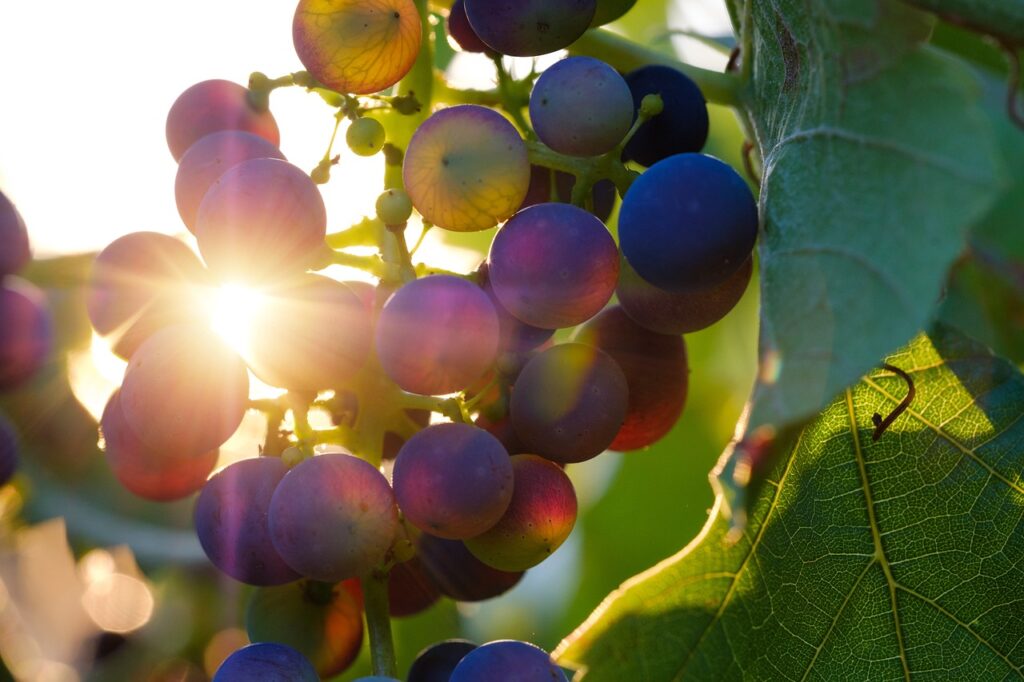
1. Lighting? Check!
Before you plant a single seed, make sure your plants will get enough light in your growing space. Most vegetables, herbs and fruit require full sun or a minimum of 6 to 8 hours of bright light daily. If they don’t get enough light, plants can get leggy and produce a smaller harvest.
The good news is that container growing makes it much easier to move plants to sunny areas if needed. This is even simpler if you select growing containers with wheels!
Tip: The trajectory of the sun changes throughout the year and trees can cast a lot of shade after they leaf out in spring. If you’re planning your container garden in winter, make sure it’s positioned in a spot that will still receive sun when trees get their leaves!
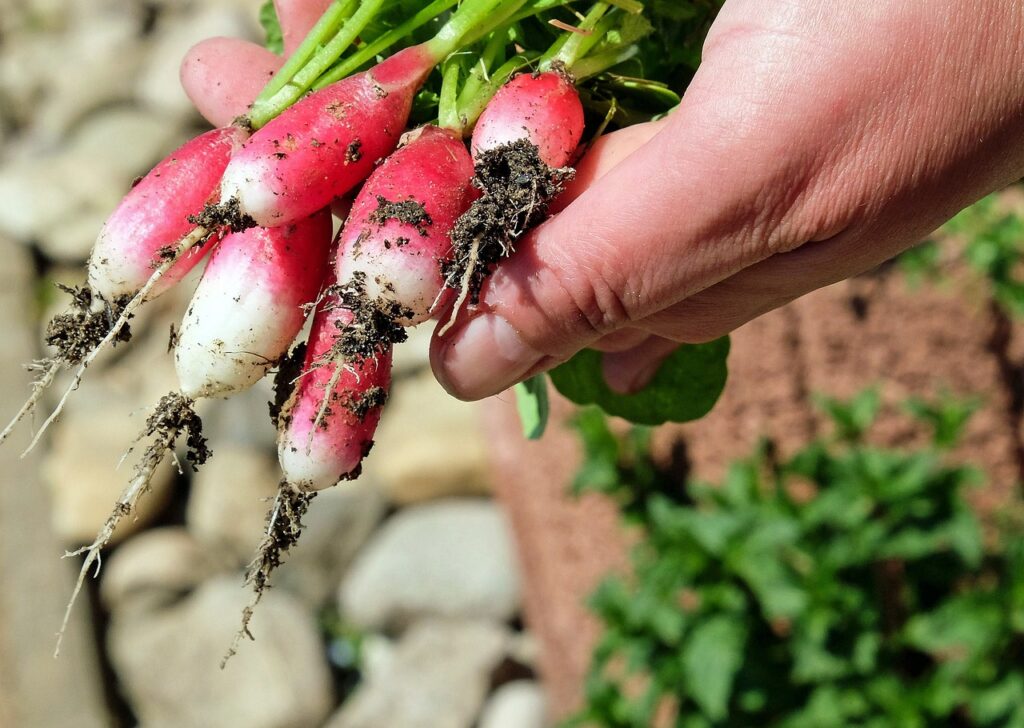
2. Know the best veggies to grow in containers.
Pumpkins, sunflowers* and corn are fun to grow, but their large size makes them difficult to keep in small spaces. While you may be able to squeeze these plants into a balcony garden, it’s probably not the best use of your space. Instead, focus your attention on plants that stay small and vining plants that can be trained to grow vertically with trellises.
Bush-type or determinate plants are easier to keep in containers as they grow compactly. If you plan on growing tomato plants in pots, look for determinate tomatoes if possible. Vining or indeterminate growing tomatoes can become massive!
While the plants you choose will vary, here are some easy vegetables to grow in pots:
- Lettuce. In fact, growing lettuce in containers is so easy, you can keep it indoors if you don’t have a yard or balcony for gardening!
- Leafy greens, including kale, Swiss chard and spinach.
- Root vegetables, like carrots, radishes, turnips, parsnips, beets, sweet potatoes and potatoes. Just select deep pots!
- Beans and peas; both determinate or indeterminate beans and peas will work, but indeterminate plants may need trellising.
- Herbs, including basil, cilantro, parsley, chives and thyme.
- Determinate tomatoes.
- Peppers.
- Eggplants.
- Zucchini, cucumbers and summer squash — as long as you provide trellising!
- Strawberries and lowbush or half-high blueberries.
- Dwarf citrus trees.
* If you love the idea of growing sunflowers, you can find dwarf sunflower varieties like ‘Dwarf Sunspot‘ and ‘Teddy Bear‘ that are the perfect size for containers!
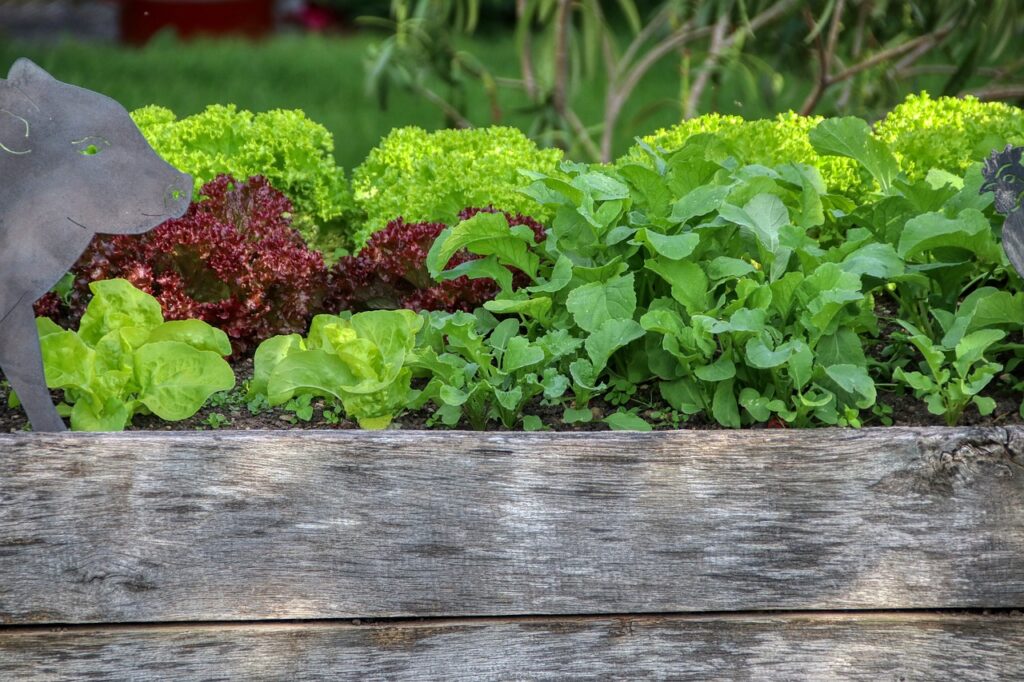
3. Pick the right pots.
Pot size will depend on the type of plants you’d like to keep and your garden space. For instance, a single tomato plant needs a 5 to 10 gallon container, while a small herb plant like basil can grow in a smaller 8″ pot. Root vegetables need a generous amount of root space, so pick deep pots, and always make sure to select containers with drainage
holes to prevent soggy soil.
Terracotta pots are a popular choice for container gardens as they come in many sizes and they’re easy to find. Fabric grow bags are especially good for potatoes and root veggies, and food-safe ceramic planters can add interest and color to outdoor spaces. Smaller herbs and plants like strawberries can be grown in hanging baskets or displayed on shelves, grow towers and vertical planters for even more planting options!
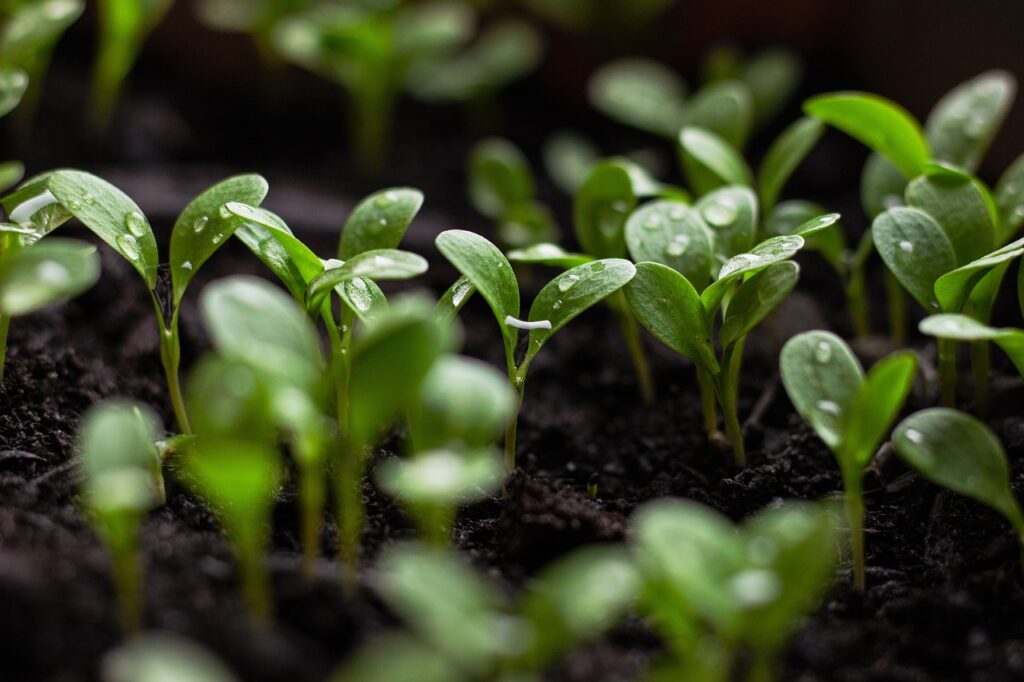
4. Pick the best soil for container vegetables.
While garden soil works just fine in inground beds, it’s too dense for container gardens and can impede water flow and root development in potted gardens. Instead of using garden soil for vegetables in pots, look for a quality potting mix or raised bed gardening mix that’s rich in nutrients and well-draining. If needed, you can mix sand or perlite into soil blends for added drainage or add compost, worm castings, or aged manure to boost fertility and improve water retention.
Tip: If you already have an indoor compost bin, you can make your own compost for free!

5. Try trellising.
Not all plants need trellising, but vining plants like beans, peas, zucchini, melons and cucumbers take up much less space if they’re grown vertically. Mini trellises, trellis netting and obelisks can all be used to train vining crops, freeing up horizontal space so you can grow even more plants!
Plants with heavier fruit, like some squashes, may need a bit of extra help on trellises to keep their fruit from breaking tender vines. Fruit hammocks can be used for this, but you can also support developing fruit with old, upcycled nylon stockings. If vines need help twining around trellising, loosely secure them with plant clips or bits of cotton twine.
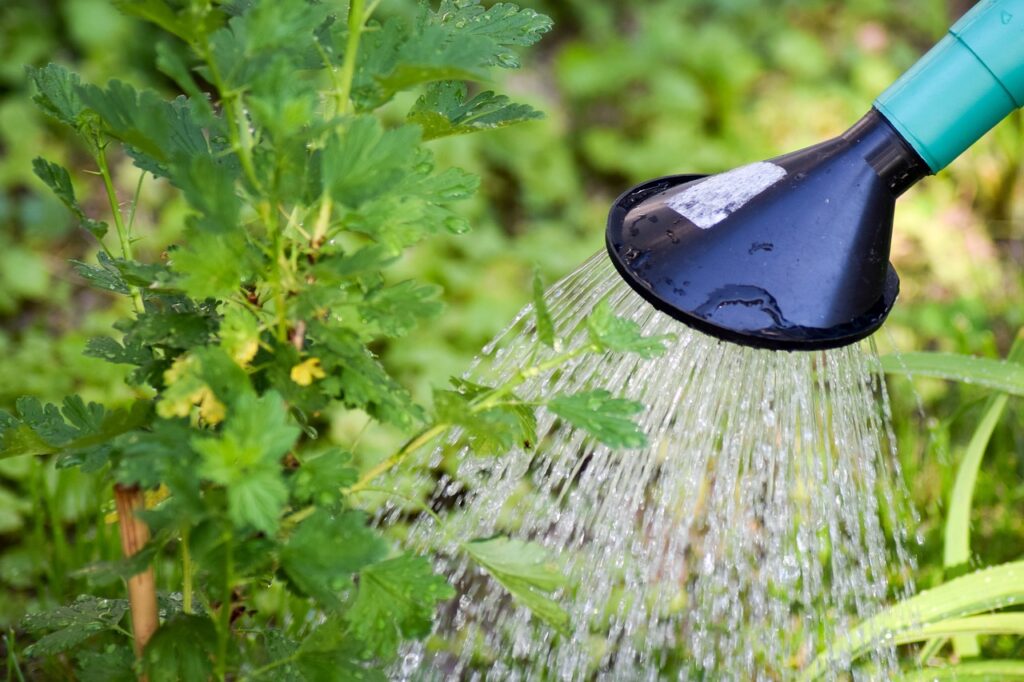
6. Water often.
Potted plants need to be watered more frequently than plants in inground gardens and most veggies and herbs will need about 1” of water per week for proper growth. If you’re unsure if your plants need water, feel the soil and water when the top 1″ of soil feels dry. Adding mulch over the soil can reduce plant watering needs, but you can also simplify watering by using self-watering planters or a mini drip irrigation system.
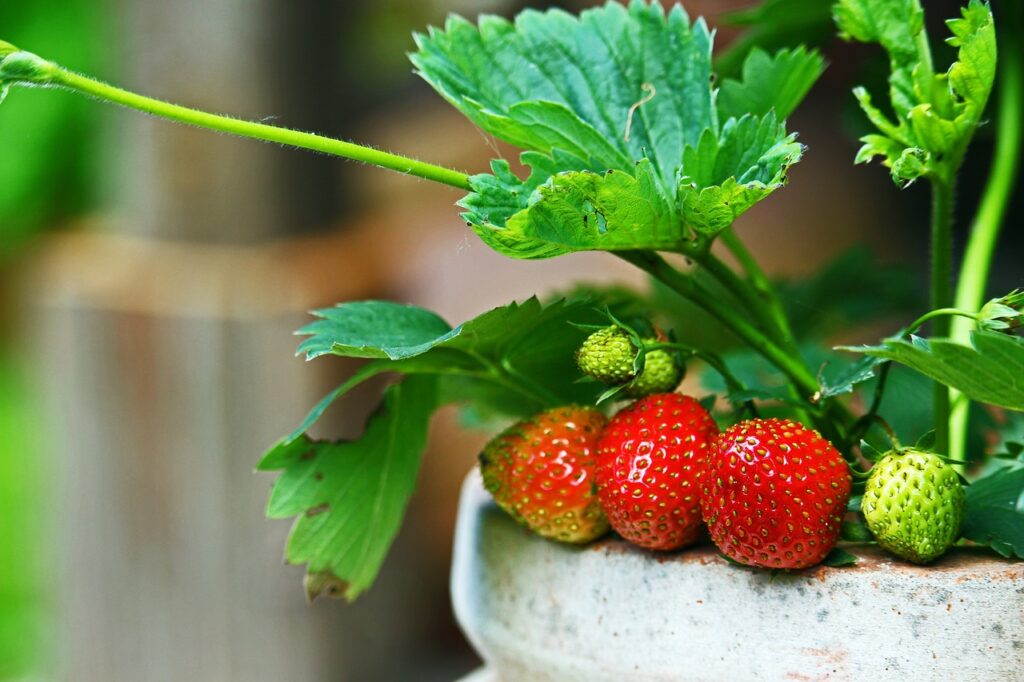
7. Fertilize as needed.
Liquid organic fertilizers are usually the best choices for container gardens as they’re less likely to burn plant roots. Compost, aged manure and worm castings can also be used as side dressings or turned into compost tea for liquid applications. Some light feeding plants, like herbs and radishes, may not need additional fertilizer if you enrich potting mixes with compost at planting time, but heavy feeders, like potatoes, melons and tomatoes, will usually need to be fertilized every few weeks for a big harvest.

8. Check for pests.
Pests are usually less problematic in container gardens, but they can still invade from time to time. Keep an eye out for signs of pests throughout the season, such as discolored plant leaves, holey leaves and sticky residue, which can indicate that aphids are afoot. Sometimes, you may actually see the pests themselves… especially on the undersides of plant leaves!
For pollinator health and safety, use organic pest control measures whenever possible. That can include hand-picking pests into a bucket of soapy water, spraying plant leaves with a strong blast from the hose, organic insecticidal soap sprays and companion planting. Barrier methods, like fruit protection bags and row covers, can also come in handy!
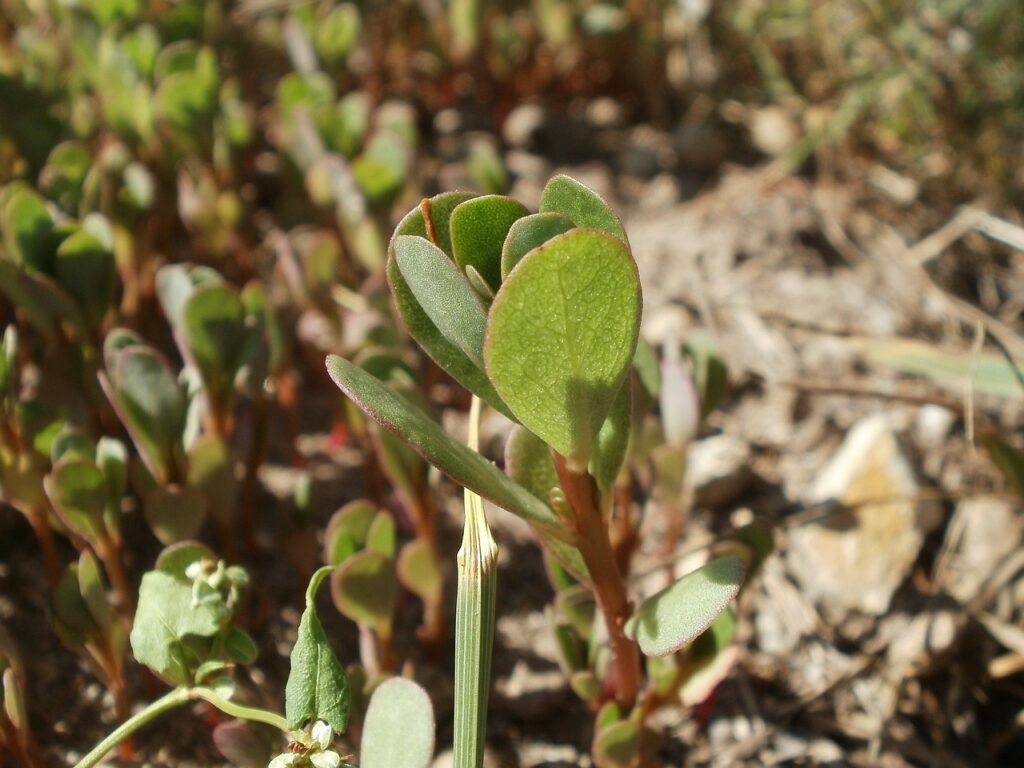
9. Don’t forget about weeds.
Like pests, weeds are much less likely to be a problem in a container garden, but they can still crop up. Adding a thin layer of mulch over your plant’s soil should suppress most weed seeds, but a hori-hori gardening knife can be useful for digging out any weeds that sprout.

10. Prune for tidy growth.
Not all plants need to be pruned, but a well-timed pruning can increase harvest yields on certain plants. For instance, pinching back the growing tips on herbs like basil can encourage plants to grow bushier and snipping away tomato suckers will channel the plant’s energy towards fruit production! Pruning can also keep taller and vining plants more manageable in a small garden.
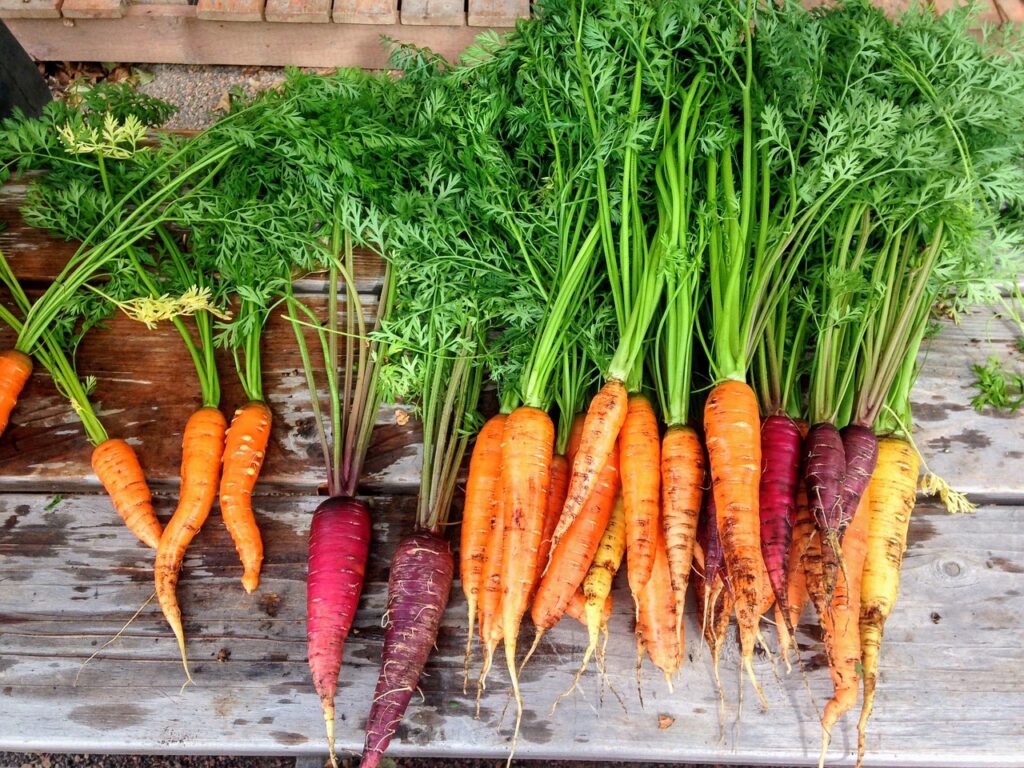
11. Start succession planting.
Succession planting fast growing seeds will help you get more food out of a small garden and keep soils as productive as possible. Simply plant fast growing seeds every 2 to 4 weeks through the season for a continuous harvest. If you’d like to succession plant easy to grow vegetables in pots, try crops like radishes, carrots, lettuce, cilantro, beets, kale, turnips, and dill!

12. Use season extension products.
Starting seeds indoors in spring will extend your growing season by a few weeks. You can also use season extension products like plant covers, cloches or insulating plant protectors to shield plants from frost in spring and fall. In fact, if you want to grow veggies in winter, many small vegetable and herb plants can also be grown indoors with the addition of a grow light!
Tip: If you’d prefer an upcycled option, you can also cover plants with a lightweight sheet or old plastic milk jugs to protect them against the cold.
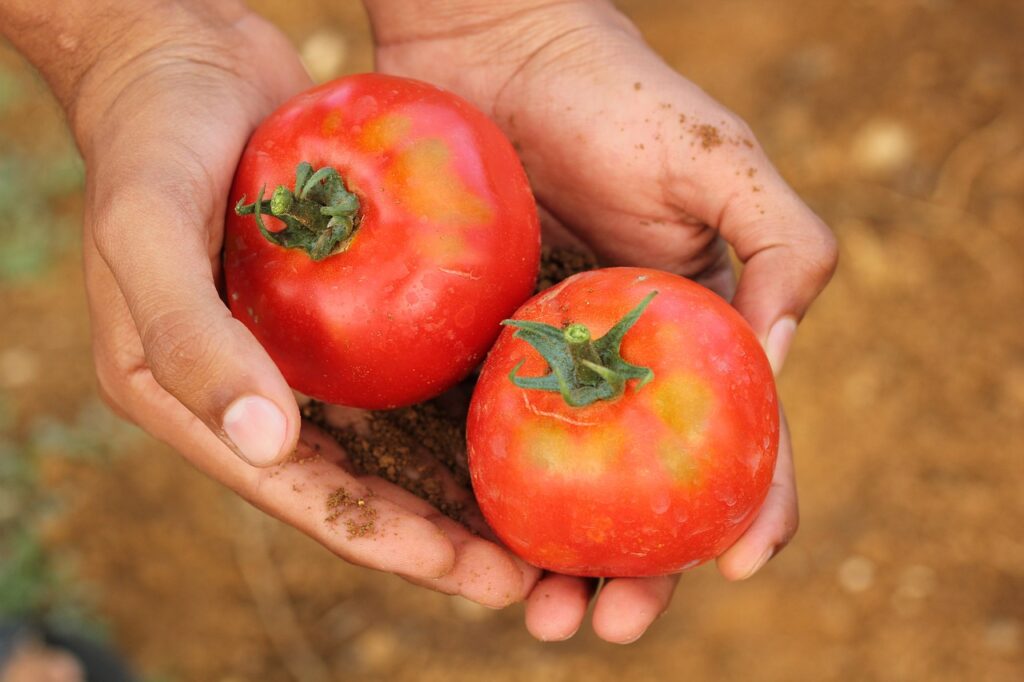
Frequently Asked Questions About Growing Vegetables in Containers
How deep should a container vegetable garden be?
How deep container vegetable gardens should be varies depending on the types of plants you’re growing. Many plants can grow in 8” deep containers, but larger plants and root veggies will need deeper pots. Potatoes, for instance, grow best in 2 to 3’ deep containers.
How do you layout a small vegetable garden?
The first thing to consider when laying out a vegetable garden is what plants you actually enjoy growing and eating. There’s no point in growing plants that you don’t like!
What vegetables should not be planted together?
It’s generally wise to avoid growing plants in the same plant family together as they can attract the same pests and diseases. For instance, tomatoes, peppers, eggplants, tomatillos and ground cherries are all nightshades. Fennel doesn’t grow with most other plants, so it’s best to grow it in its own pot.
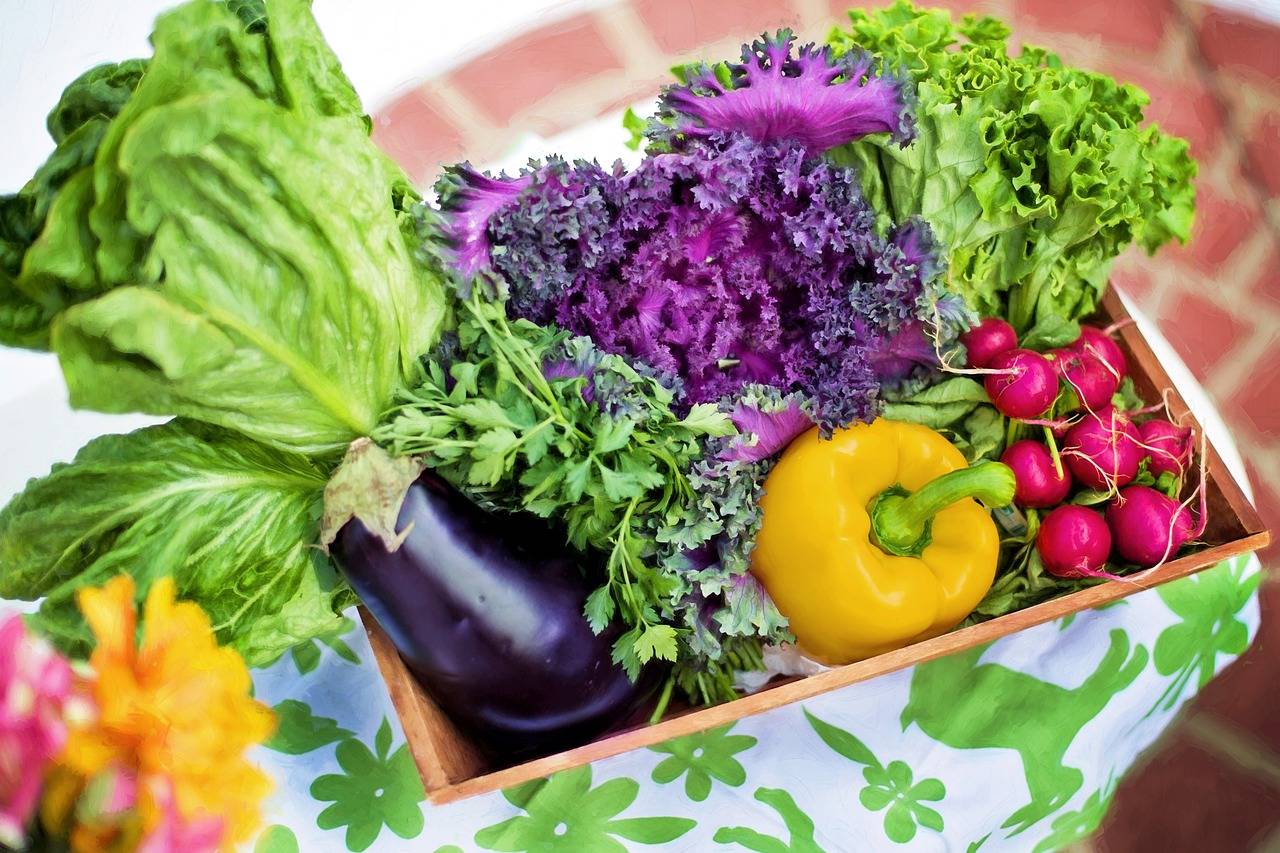

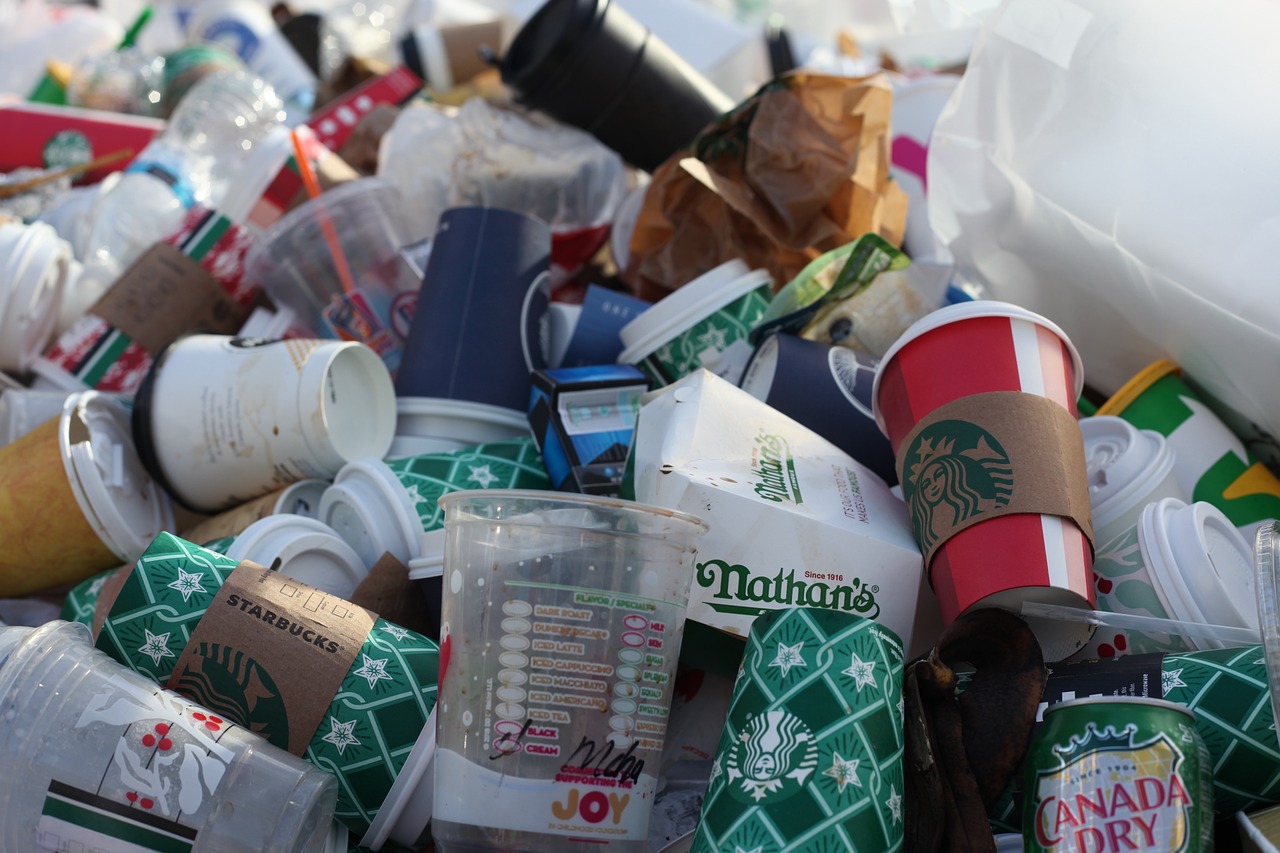
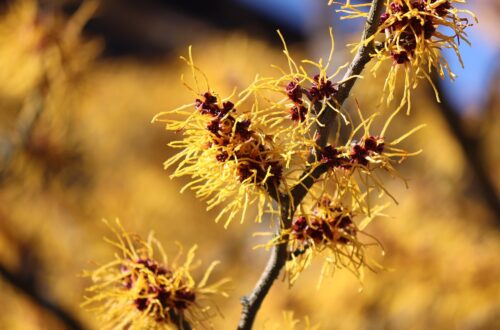
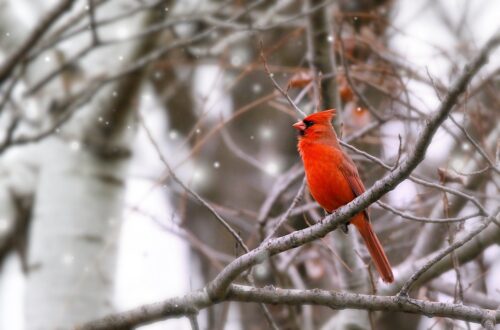
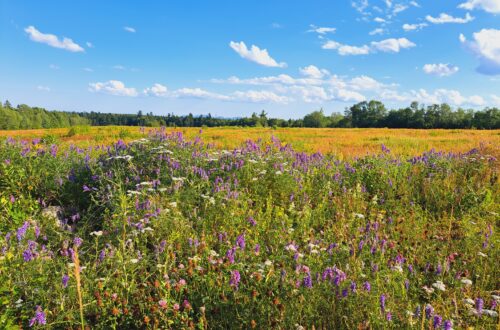
Real Good Info. Thanks
Thank you!
Hello. impressive job. I did not imagine this. This is a great story. Thanks!
Thank you!